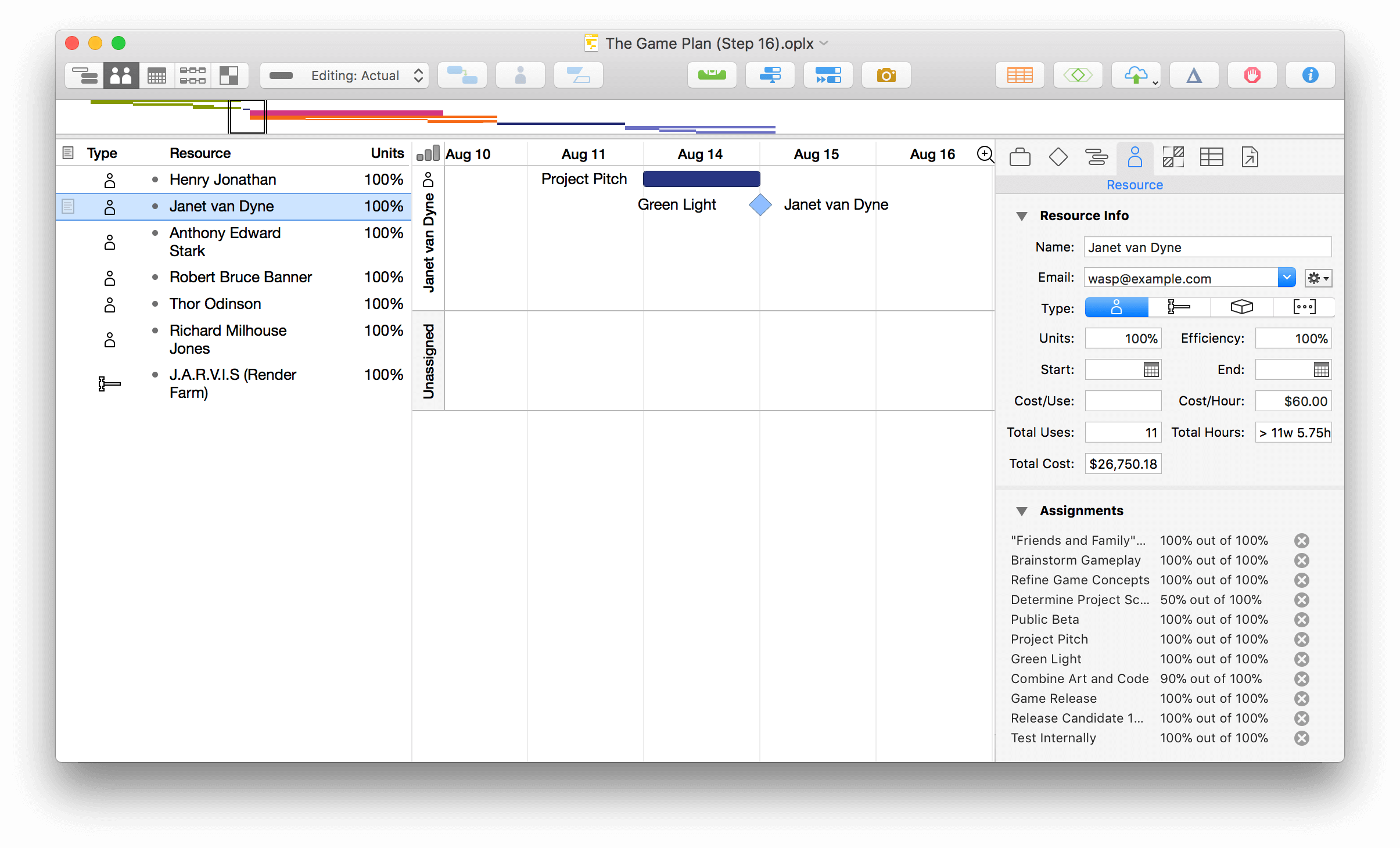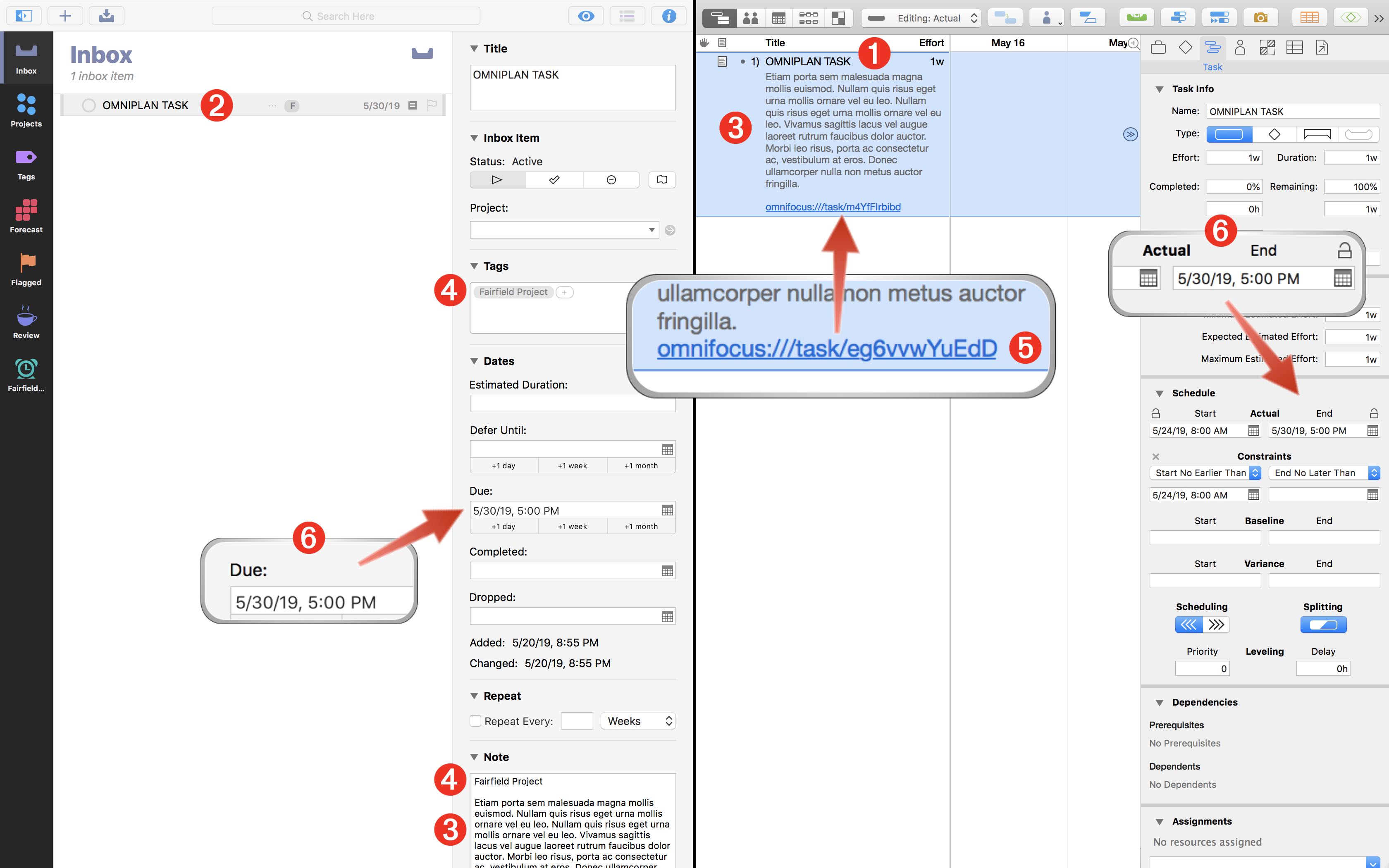
#Using omniplan update#
However, in recent years, these churches realized the impact the mega-churches had and saw the need to update their spaces to include more spaces for fellowship. Hard pews, high ceilings, minimal natural light - these aren’t spaces where people want to linger. While they are often beautiful structures defined by their ornate architecture, they are typically cold and uninviting. This is arguably an area that the traditional or historic church has continually struggled in. In short, they want people to WANT to spend their time at church and focus on creating spaces that attract and draw people in. So we’re seeing many of our church clients localizing their campuses and helping them to become independent of the mothership.Īuthenticity is the ticket, and it’s critical to create spaces that evoke that feeling by developing a variety of large, open spaces as well as intimate spaces, using plenty of natural light and transparency throughout, using warm materials that feel comfortable and welcoming. People desire an authentic experience, and authenticity gets harder to achieve the bigger you get. Large churches are learning this as well.

Retail has seen this shift, and is adjusting and re-inventing itself through more intimate and tailored experiences. Department stores are struggling because they no longer provide the atmosphere people are looking for - an authentic and curated experience. So when it fails, the whole thing begins to suffer. Shopping malls are dependent on a successful department store to “anchor” their mall and drive other tenant leases. People are quick to assume brick and mortar retail is dead, but in actuality it’s the department store that struggles. In order to answer that, we have to look back where we started: Retail. Watermark, just like many other churches (Matt Chandler’s Village Church included) are spinning their satellite campuses into autonomous church plants. In the past decade, they have established several satellite campuses throughout the DFW Metroplex.īut a shift is occurring. You can walk in at 2pm on a Wednesday and there are dozens of people scattered about in meetings, ordering coffee, working remotely. Their weekly attendance is around 10,000 people, and they are known for their bustling campus seven days a week. Watermark Fort Worthįast forward, Watermark is a well-known mega-church (or close to it anyway). It was a rewarding and beautiful process. Their team truly partnered with us and provided us with so much well-thought out visioning material, it made it easy to find their unique DNA and translate that into a built reality. We certainly wouldn’t give them a church that looked like any other church. For a church whose deepest desire was to invite outsiders in and captivate them with the Gospel, this was an attractive quality. Our expertise was in creating spaces where people wanted to be, stay, hang out.

Now I don’t say this for the purposes of advertising, it’s just to help paint the picture.

Our portfolio at the time was largely retail-focused, primarily with regional shopping malls including NorthPark in Dallas, Santa Monica Place in Los Angeles and Oakbrook in Chicago - just to name a few. Ultimately, we were hired for the most unusual reason: we had almost no church experience. More than 15 years ago, we interviewed to design a new campus for this up-and-coming church that was meeting in a local high school auditorium. Our church experience really began with one client - Watermark Community Church.

Allow me to explain.Īt OMNIPLAN, we work with a wide array of commercial client types (retail, multifamily, office, etc) and a long list of churches. Our extensive work with church clients is all pointing in one direction - the mega-church is over. Creating Places for Peopleīut just as fashion fads change, so do trends in design - and churches are no exception. Fashion is a wild cycle, and we’d hold onto our 20-year-old jeans if we thought we’d still fit into them. If you’re like me, you remember when those were in style 20 years ago or even 20 years before that. By now, I’m sure you’ve seen the trend: skinny jeans and side parts are out, wide leg jeans and middle parts are in.


 0 kommentar(er)
0 kommentar(er)
